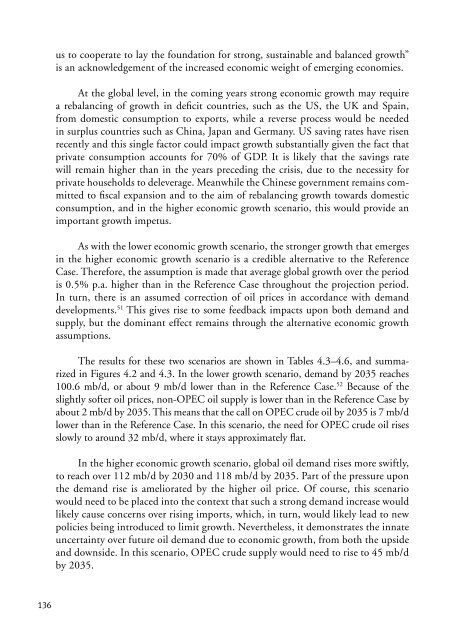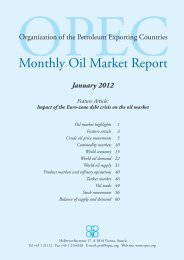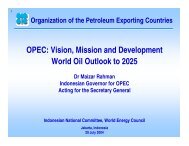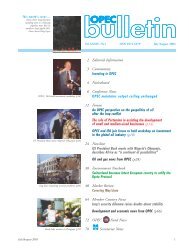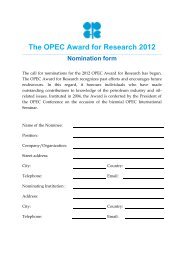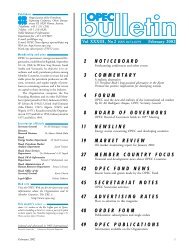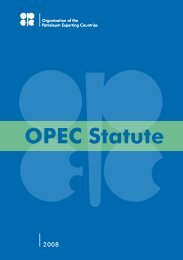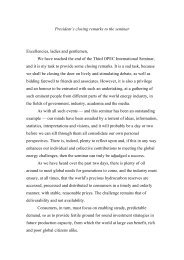Section One
Section One
Section One
You also want an ePaper? Increase the reach of your titles
YUMPU automatically turns print PDFs into web optimized ePapers that Google loves.
136<br />
us to cooperate to lay the foundation for strong, sustainable and balanced growth”<br />
is an acknowledgement of the increased economic weight of emerging economies.<br />
At the global level, in the coming years strong economic growth may require<br />
a rebalancing of growth in deficit countries, such as the US, the UK and Spain,<br />
from domestic consumption to exports, while a reverse process would be needed<br />
in surplus countries such as China, Japan and Germany. US saving rates have risen<br />
recently and this single factor could impact growth substantially given the fact that<br />
private consumption accounts for 70% of GDP. It is likely that the savings rate<br />
will remain higher than in the years preceding the crisis, due to the necessity for<br />
private households to deleverage. Meanwhile the Chinese government remains committed<br />
to fiscal expansion and to the aim of rebalancing growth towards domestic<br />
consumption, and in the higher economic growth scenario, this would provide an<br />
important growth impetus.<br />
As with the lower economic growth scenario, the stronger growth that emerges<br />
in the higher economic growth scenario is a credible alternative to the Reference<br />
Case. Therefore, the assumption is made that average global growth over the period<br />
is 0.5% p.a. higher than in the Reference Case throughout the projection period.<br />
In turn, there is an assumed correction of oil prices in accordance with demand<br />
developments. 51 This gives rise to some feedback impacts upon both demand and<br />
supply, but the dominant effect remains through the alternative economic growth<br />
assumptions.<br />
The results for these two scenarios are shown in Tables 4.3–4.6, and summarized<br />
in Figures 4.2 and 4.3. In the lower growth scenario, demand by 2035 reaches<br />
100.6 mb/d, or about 9 mb/d lower than in the Reference Case. 52 Because of the<br />
slightly softer oil prices, non-OPEC oil supply is lower than in the Reference Case by<br />
about 2 mb/d by 2035. This means that the call on OPEC crude oil by 2035 is 7 mb/d<br />
lower than in the Reference Case. In this scenario, the need for OPEC crude oil rises<br />
slowly to around 32 mb/d, where it stays approximately flat.<br />
In the higher economic growth scenario, global oil demand rises more swiftly,<br />
to reach over 112 mb/d by 2030 and 118 mb/d by 2035. Part of the pressure upon<br />
the demand rise is ameliorated by the higher oil price. Of course, this scenario<br />
would need to be placed into the context that such a strong demand increase would<br />
likely cause concerns over rising imports, which, in turn, would likely lead to new<br />
policies being introduced to limit growth. Nevertheless, it demonstrates the innate<br />
uncertainty over future oil demand due to economic growth, from both the upside<br />
and downside. In this scenario, OPEC crude supply would need to rise to 45 mb/d<br />
by 2035.


